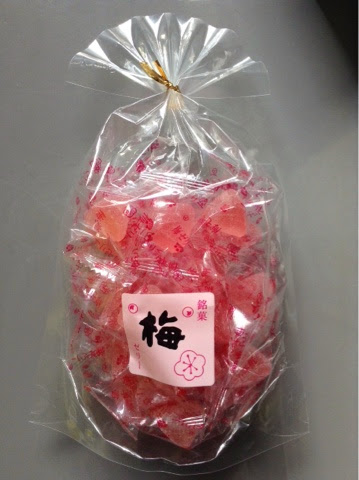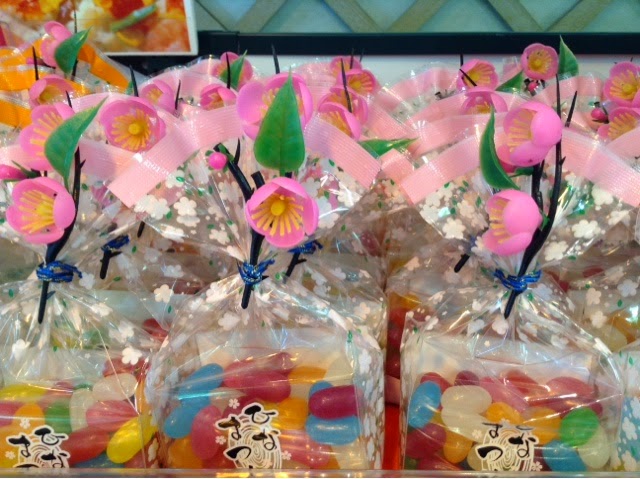When we are in Japan I don’t think about it, I naturally cook Japanese at least once a week sometimes more. When I say Japanese I mean rice (white or brown) and something with dashi and/or miso and/or umeboshi. These tastes have been part of our daily life now almost as much as good olive oil and basil. And when traveling I miss them, after a short while and the excitement of tasting new thing. They are simple, plain and fine at the same time, they are the promise also of fresh and simply delicious ingredients (for me) just as olive oil is too. Yet it is easier to find good olive oil and cook with olive oil (and with cooking with our friends and eating at their place several times I was really lucky!) than it is with miso, dashi, umeboshi and rice. I mean real delicious ones are still hard to find. So during this two-week trip I’ve craved for the simplicity of a bowl of Koshihikari with umeboshi, and that’s the first thing I cooked when I arrived home. I also prepared some dashi to cook some eggplants and used it for flavoring scrambled eggs. It is that simple and delicious. Is that the taste of home in Japan? Or does that make a Japanese food addict? What do you crave for when away from home?














